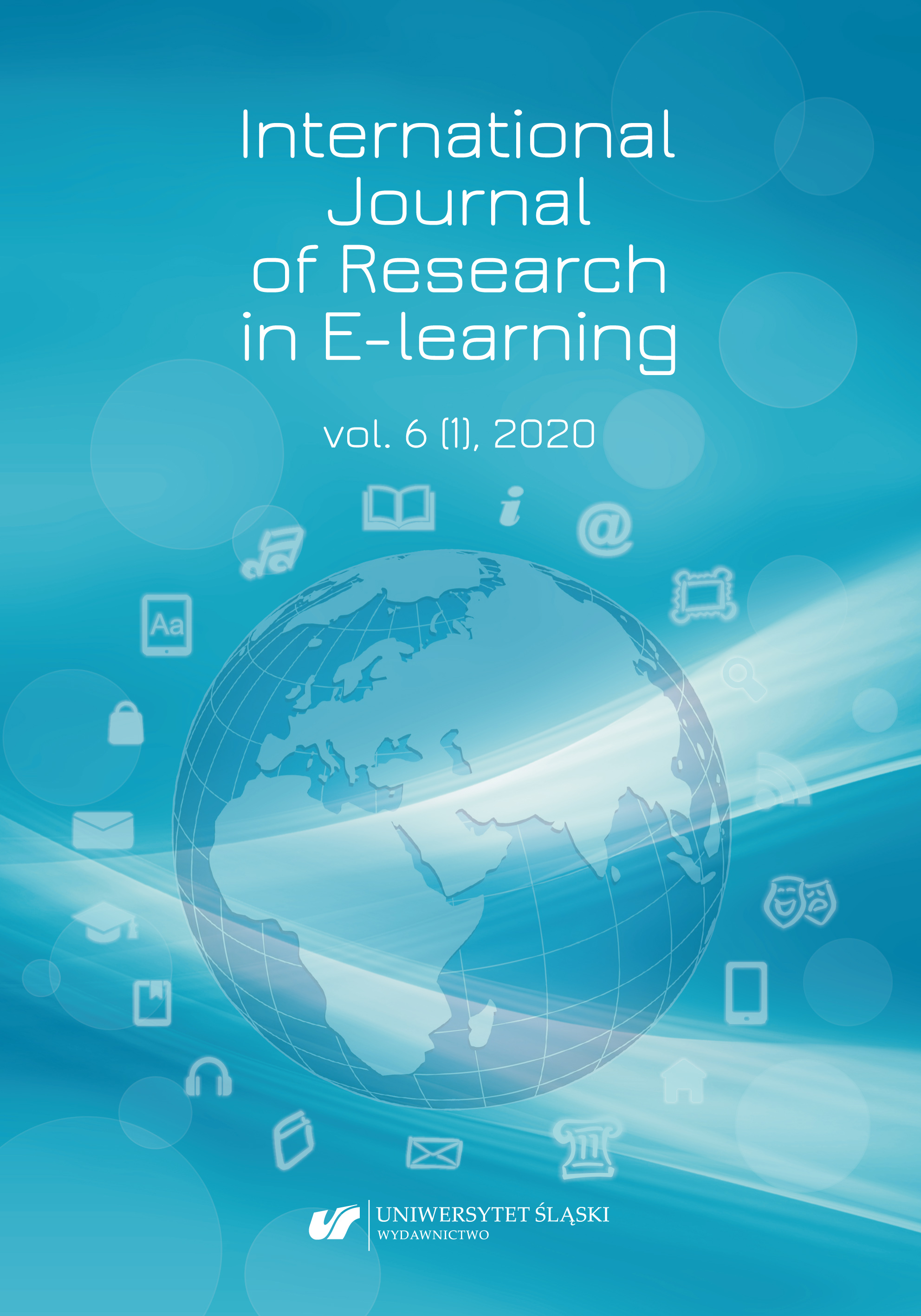

 https://doi.org/10.31261/IJREL.2020.6.1.09
https://doi.org/10.31261/IJREL.2020.6.1.09
The paper presents features and applications of hybrid reality technology and the Internet of Things. The analysed thesis states that such a solution is a favourable environment for the dissemination of knowledge through the concept of interaction of objects of postulated environment with the theoretical model of knowledge objects. The article discusses an initial version of the potential information system method. The method, in the form of a mathematical formula, makes it possible to evaluate objects in the postulated space. The article presents the case study implementing a similar environment in the service of advanced industrial equipment. The results of the analysis indicate a high potential of the postulated solution, which requires further refinement and research. At the same time, the practice of the implementation case points to technological and organisational threats which should be neutralised to ensure a high probability of the project’s success.
Download files
Citation rules

Vol. 6 No. 1 (2020)
Published: 2021-03-16